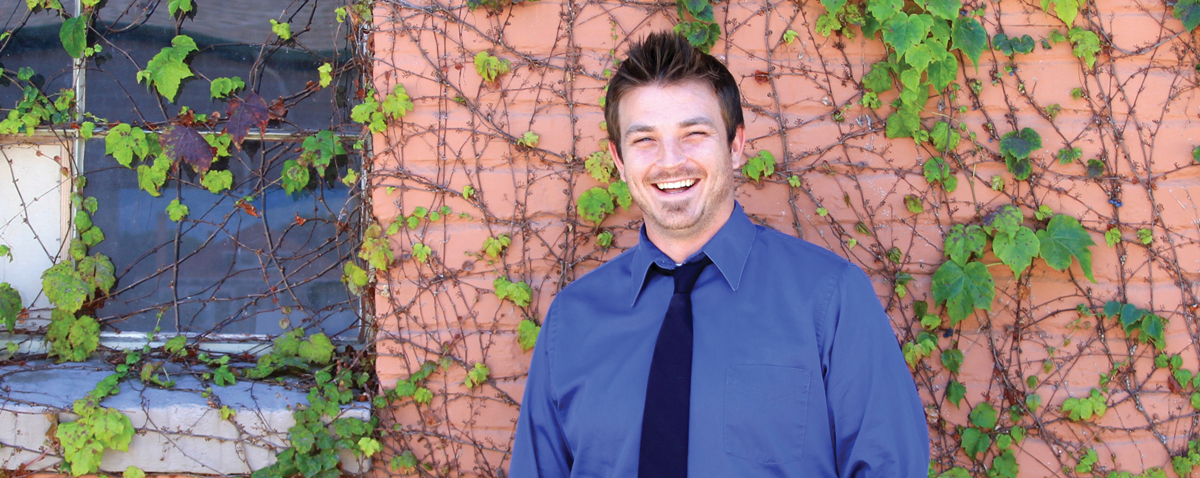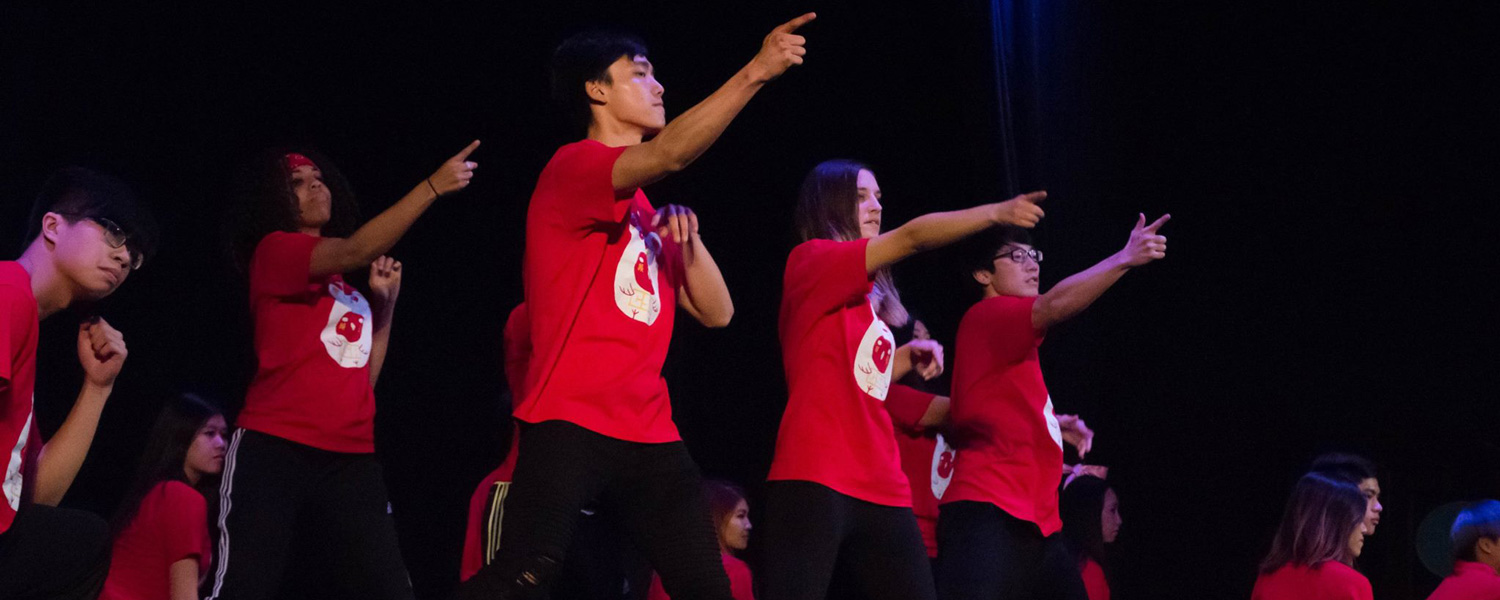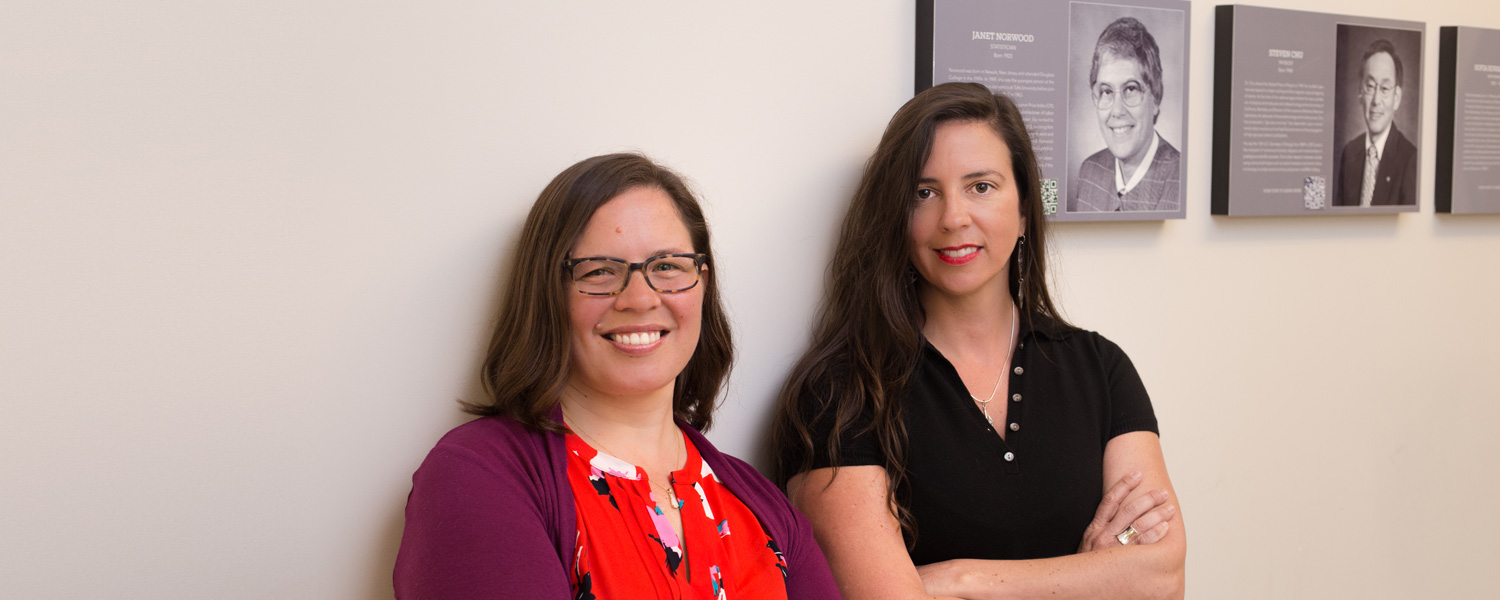Designing for Humanity
By Ray Ladd

The California Council of the American Institute of Architects honored Cal Poly architecture Professor Andrew Goodwin with the Norma Sklarek Award for making humanitarian contributions to society.
Goodwin was recognized for his extensive work for social change and sustainability. For the majority of his career, he has made significant efforts to provide his design and building skills to those in need.
“Andrew is an inspiring role model for the next generation of architects, said College of Architecture and Environmental Design Dean, Christine Theodoropoulos. He teaches students the value of design as a fusion of human caring and craft, and opens doors for them to make a meaningful difference for the communities they serve.”
Goodwin graduated from Cal Poly with a Bachelor of Architecture degree in 2008. Since then, he co-founded ConsciousBuild, Inc., a design, build and development firm with its roots in sustainability and design activism. He later created RED Studio Foundation, which provided socially responsible design services for nonprofits. In 2013, it became part of the nonprofit design organization Journeyman International (JI).
As part of JI, Goodwin was the lead designer and architect for a community center in the Sunzu Yacu village in Rwanda, which has helped to educate and provide a community space for hundreds of women and children in the northern province of the country.
In his third-year architecture design studio at Cal Poly, Goodwin’s students envision housing projects for the Skid Row Housing Trust, the Downtown Women’s Center in Los Angeles, or the Transitions – Mental Health Association in San Luis Obispo.
“The amount of exposure my students have to the profession and the greater issues in our society after they participate in my studio is important to me,” Goodwin said. “I don’t want to train architects, but rather decent and caring adults.”
“I am humbled by the company that I keep with the other award winners and the award’s namesake herself,” Goodwin continued. “Over the past 10 years I have seen a lot of ups and downs in the economy, my businesses and my personal life. It means a lot to have someone recognize the work I do, when sometimes it is hard to see through the weeds as you are standing in them.”
Five Questions With Jamie Patton
By Larry Peña

In April, an incident of racial insensitivity at a Cal Poly fraternity party sparked an intense discussion on campus about how the university can foster a more diverse, inclusive community and better support students from minority backgrounds. Jamie Patton, the assistant vice president for student affairs, diversity and inclusion, met with Cal Poly Magazine to discuss where the university goes from here.
CAL POLY MAGAZINE: WHAT ARE THE CHALLENGES AND OPPORTUNITIES WE’RE FACING AS WE WORK TOWARD A MORE INCLUSIVE CAL POLY?
Jamie Patton: Both a challenge and an opportunity is the relative lack of diversity we have here among our students, faculty and staff, in comparison to other CSUs. While we have made steps to improve ethnic diversity and recreate our demographics to match the state of California, we are not there yet. Joining the Cal Poly and San Luis Obispo communities, you have to know that there will be a culture shock for everyone. Essentially, you’re going to be living in a predominantly white community, and that has made it challenging to attract African-American and Latino students who might be nervous about whether they’ll fit in. We have to do our due diligence with regard to recruiting, model the benefits of Learn by Doing, and help provide opportunities for those students to feel a sense of belonging.
WHAT CAN WE DO IN THE MEANTIME TO FOSTER MORE INCLUSION AND SUPPORT FOR UNDERREPRESENTED STUDENT MINORITIES?
One of the most powerful factors is a more diverse faculty and staff to ensure that students of color are seeing people like themselves in leadership roles in and out of the classroom. I believe it was Marian Edleman who said “you can’t be what you can’t see.” That’s not about filling quotas — it’s about building better relationships, creating infrastructures, and sharing our vision so that we’re attracting the very best and brightest educators from a diverse set of backgrounds.
TO WHAT EXTENT IS AN INCLUSIVE AND RESPECTFUL ENVIRONMENT THE RESPONSIBILITY OF THE INDIVIDUALS AT CAL POLY? TO WHAT EXTENT IS IT THE RESPONSIBILITY OF THE INSTITUTION?
It’s both. It’s incumbent on us to talk explicitly about our values, so that they’re woven into the fabric of our community, just like Learn by Doing is. And actually, we must realize that, as President Armstrong recently stated, “Learn by Doing is not complete without diversity and inclusion.” That sets a tone for our students to then act as individuals. It sets a tone that says, “These are the things we expect from members of our community.”
ARE THERE ANY CONCRETE ACTIONS HAPPENING AT CAL POLY IN RESPONSE TO INCIDENTS LIKE THIS, OR TO ADDRESS DIVERSITY MORE GENERALLY?
The first is a deliberate process of hiring people specifically to address diversity and inclusion issues on campus, including Jozi DeLeon (vice president for diversity and inclusion) and myself — that’s a process that began years ago. More recently, we have a collection of working groups including people from all over campus that are looking at everything we’re doing at Cal Poly, from curriculum to campus climate to recruitment and retention, and identify those things that we can do better. We’ll be taking action on those recommendations starting in the next few months.
RECENTLY THERE’S BEEN A CONCERTED STUDENT-LED MOVEMENT ON CAMPUS DEMANDING ACTION FROM THE UNIVERSITY ON MORE SUPPORT FOR MINORITY STUDENTS. HOW HAS STUDENT ACTIVISM IMPACTED THE UNIVERSITY’S PLANS?
It’s a beautiful thing to have students organize. When you think of all the social movements that have created positive change across the history of our country, I can’t think of one that didn’t have college students as a driving force. They have some very specific expectations of the university, and I’m hoping we can rise to that level. We’ve been able to look at several of the things that they calling for, and now we’re in a place where we can begin to dialog. Our roots are exposed, which can be uncomfortable, but now we’re in a place where we can begin to treat the underlying problems that we’ve found. Make no mistake – this is the start of a tough journey, but it’s part of a transformative time in our institution’s 117-year history.
The Language of Community
By Larry Peña

The Cal Poly community has a new opportunity to explore the region’s cultural heritage and try out a few new vowel sounds in the process. Last year, the university’s Student Affairs division partnered with local Chumash leaders and indigenous advocacy groups to celebrate the culture of the Central Coast’s original residents in the names of the new housing complex.
“Naming the residence halls in honor of the names of the original Northern Chumash villages educates our community about the indigenous people of San Luis Obispo County and celebrates Cal Poly’s commitment to our area’s heritage,” said Keith Humphrey, vice president for student affairs.
Just in case you’re not already fluent in Northern Chumash, here’s a guide to pronouncing the new names, as well as what they mean, and the modern SLO County locations they represent.
Something New Under the Sun

Thanks to a new 4.5-megawatt solar farm, online as of January, Cal Poly will get almost a quarter of its power from solar energy. The farm includes more than 16,000 individual solar panels and will generate enough power to save Cal Poly around $17 million in energy bills over the next 20 years. Students and faculty will have the opportunity to conduct experiments with solar energy, and the surrounding vegetation will be kept tidy by sheep from the Animal Science Department.
Celebrating the Year of the Dog
by Alyssa Mavor

At an event ringing in the Chinese New Year in March, the Chinese Student Association (CSA) put cultural pride on display with traditional cuisine, crafts and performances.
The club is one of the largest and most active organizations on campus, with more than 350 members. While the CSA is a social heritage club focused on celebrating Chinese culture, students of any background are welcome to join.
The CSA hosts events and activities for its members most weekends of the school year. Club members can participate on sports teams, learn martial arts or join one of several performance groups — most of which performed at the New Year celebration.
Club president Jason Lu has worked hard to foster a sense of community within the club. “Having collaboration is really special because it shows that we at Cal Poly are all one,” he said.
The Scientific Paper Is Obsolete
by Alyssa Mavor

The Atlantic recently reported on a group of researchers and developers, led by Cal Poly physics Professor Brian Granger and UC Berkeley scientist Fernando Perez, who are building an open-source interface that could soon replace the scientific paper as the primary outlet for new scientific information. The platform, called the Jupyter Notebook, supports more than 100 coding languages and logs data on everything from temperature patterns throughout history to maps of neurons in the brain. Read the article, “The Scientific Paper is Obsolete” via the Atlantic.
Early to Rise
By Rachel Henry

Two Cal Poly educators are receiving early-career acclaim from the National Science Foundation (NSF) recognizing the impact of their work and in support of their efforts to change the face of the scientific community.
Anthropology Professor Coleen Carrigan and physics Professor Stephanie Wissel both received the NSF’s most prestigious awards for early-career faculty, the Faculty Early Career Development Program Award, known as the Career Award.
Carrigan will investigate why racial and ethnic minorities and women are underrepresented in engineering and computer science careers. She intends to use the findings to develop educational tools aimed at reversing this trend.
“I am thrilled the NSF recognizes the importance of qualitative research in service of disenfranchised populations in science,” Carrigan said. “In my classroom and scholarship, I want to help strengthen alliances between liberal arts scholars, engineers and scientists to enhance civic engagement and challenge social injustices.”
Wissel will test a new kind of detector for high-energy neutrinos, a particle that contains clues about the fundamental building blocks of matter and the most extreme environments in the universe. Her award includes support for students from groups that are underrepresented in physics to engage in undergraduate research. Wissel hopes it will encourage them to pursue doctoral degrees.
“At a young age, many women decide they don’t want to pursue a degree in the physical sciences so any time a woman scientist receives an award, it’s important,” Wissel said. “It brings visibility to women in STEM, which encourages young women to pursue scientific and technical careers.”
A slim 450 awards are given nationwide each year, and Wissel and Carrigan join an elite group of only four previous Cal Poly recipients. They will each receive more than $500,000 over five years to support their research.
“NSF Career Awards are a recognition by the National Science Foundation and the eminent scholars who review applications that our early-career Cal Poly faculty are among the best in the nation for the originality of their ideas and their capacity to act on them,” said Chris Kitts, Cal Poly’s dean of research.
Practice Field Makes Perfect

More than 100 Cal Poly staff and faculty, current Mustang student-athletes, football alumni and members of the media attended the February dedication of Cal Poly’s new Doerr Family Field.
In addition to hosting ASI Intramural Program competitions, the field will become the primary practice facility for Mustang football. For the past eight years, Cal Poly football players dressed in full gear have walked, biked or driven their cars a mile across campus to the upper fields of the Cal Poly Sports Complex for practice. Now, student-athletes from most of the 21 athletics teams at Cal Poly are able to walk from their locker rooms in Mott Athletics Center to a new state-of-the-art synthetic-turf field adjacent to the refurbished Cal Poly track.
Construction of Doerr Family Field began in July, and the project includes a state-of-the-art 140-yard synthetic-turf practice field, allowing room for football sled work, along with goalposts, lights, a flagpole and a scoreboard. A pair of filming towers, other equipment and Cal Poly branding were added after the dedication.
The $4.8 million project was made possible through a partnership between ASI, the Cal Poly Corporation, University Housing and private donors, including a generous gift from alumnus Richard A. Doerr and his wife, Kathleen. Doerr played football for the Mustangs from 1964 to 1966.
“This means a lot to the program to have past Mustangs help us out as donors,” said senior offensive lineman Harry Whitson. “Doerr Family Field shows the tremendous response they have made, and we want to honor them and recognize their efforts to improve the football program.”
“This will impact every student on campus this year, everyone that calls Cal Poly home and a lot of our alumni as well,” said President Armstrong at the ceremony. “This is a really good example of the partnership within the Cal Poly family, all in one accord for the successful completion of this project.”
Several other major renovation projects aimed at Mustang Athletics are recently completed or currently underway.
SLOVER CENTER FOR SPORTS MEDICINE
This $260,000 renovation the athletic sports medicine facility was completed in September 2017.
TRACK AND FIELD
A $1.3 million renovation of Cal Poly’s track and field facility, including a new rubberized track surface and hybrid Bermuda grass inside the oval, was completed in January.
BAGGETT STADIUM
The baseball stadium has a new backstop and permanent bleachers raising the capacity to 3,138. Construction of the $8 million Dignity Health Baseball Clubhouse is expected to begin this spring.
BOB JANSSEN FIELD
A $1 million renovation will enhance the softball program’s practice facilities with new batting cages and an improved bullpen.


